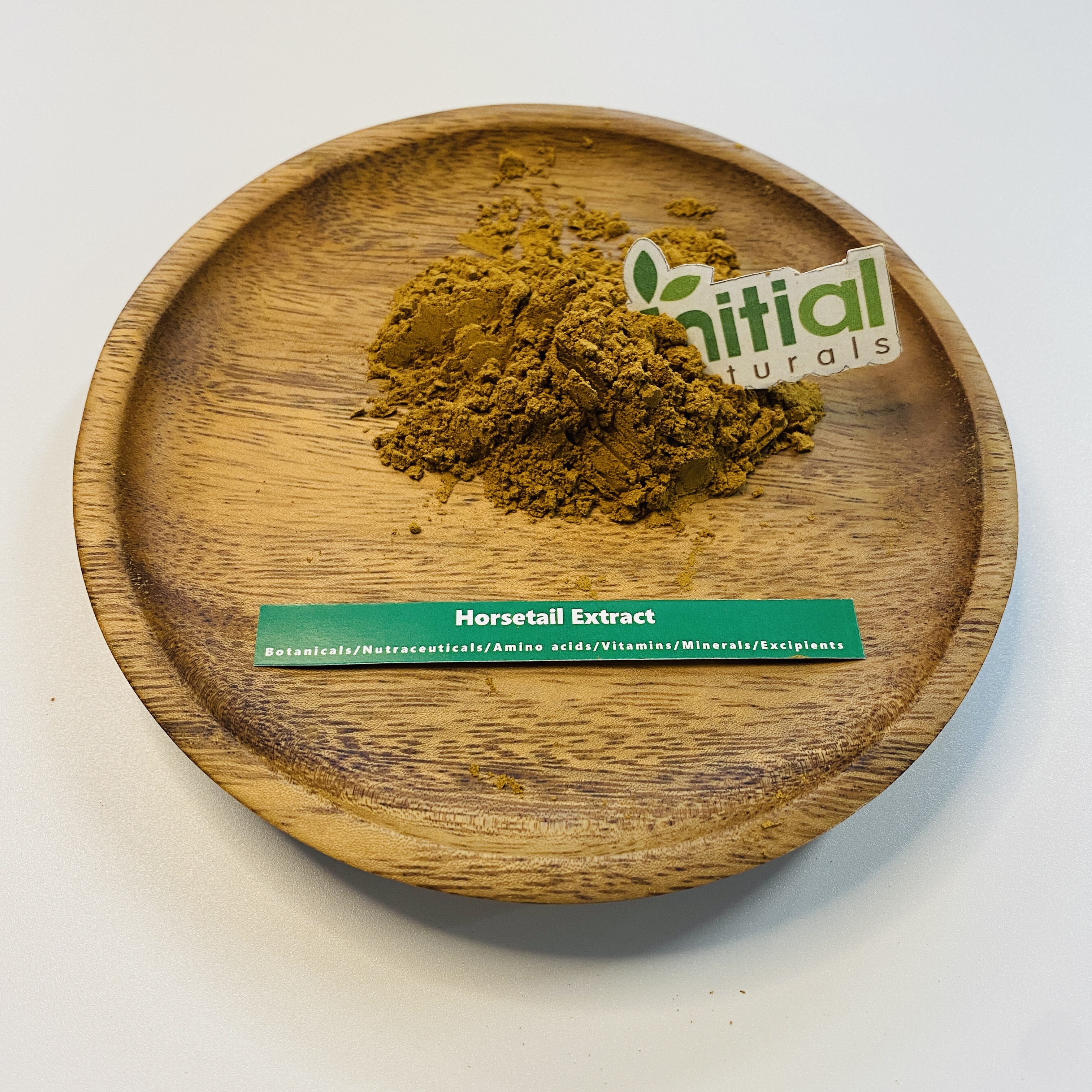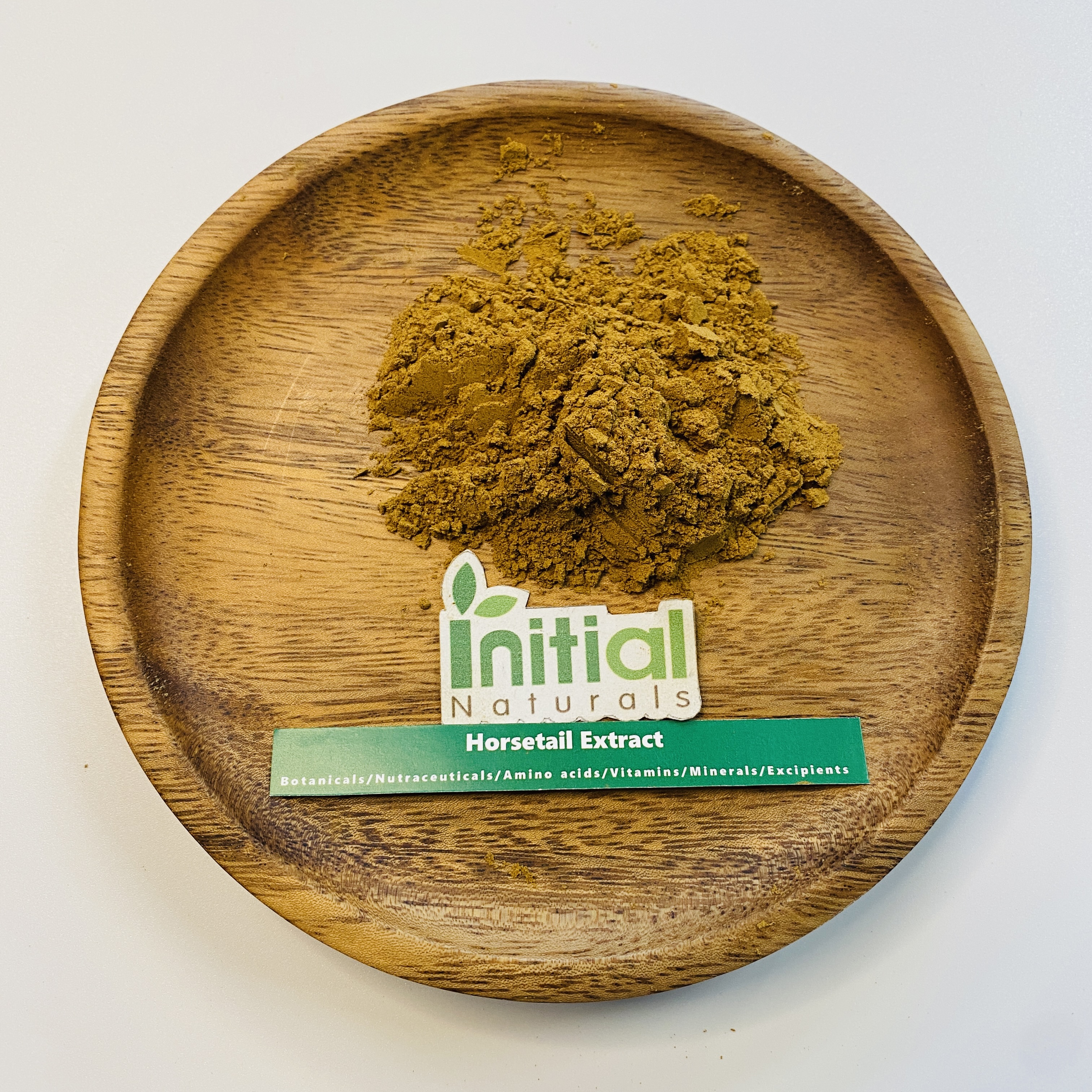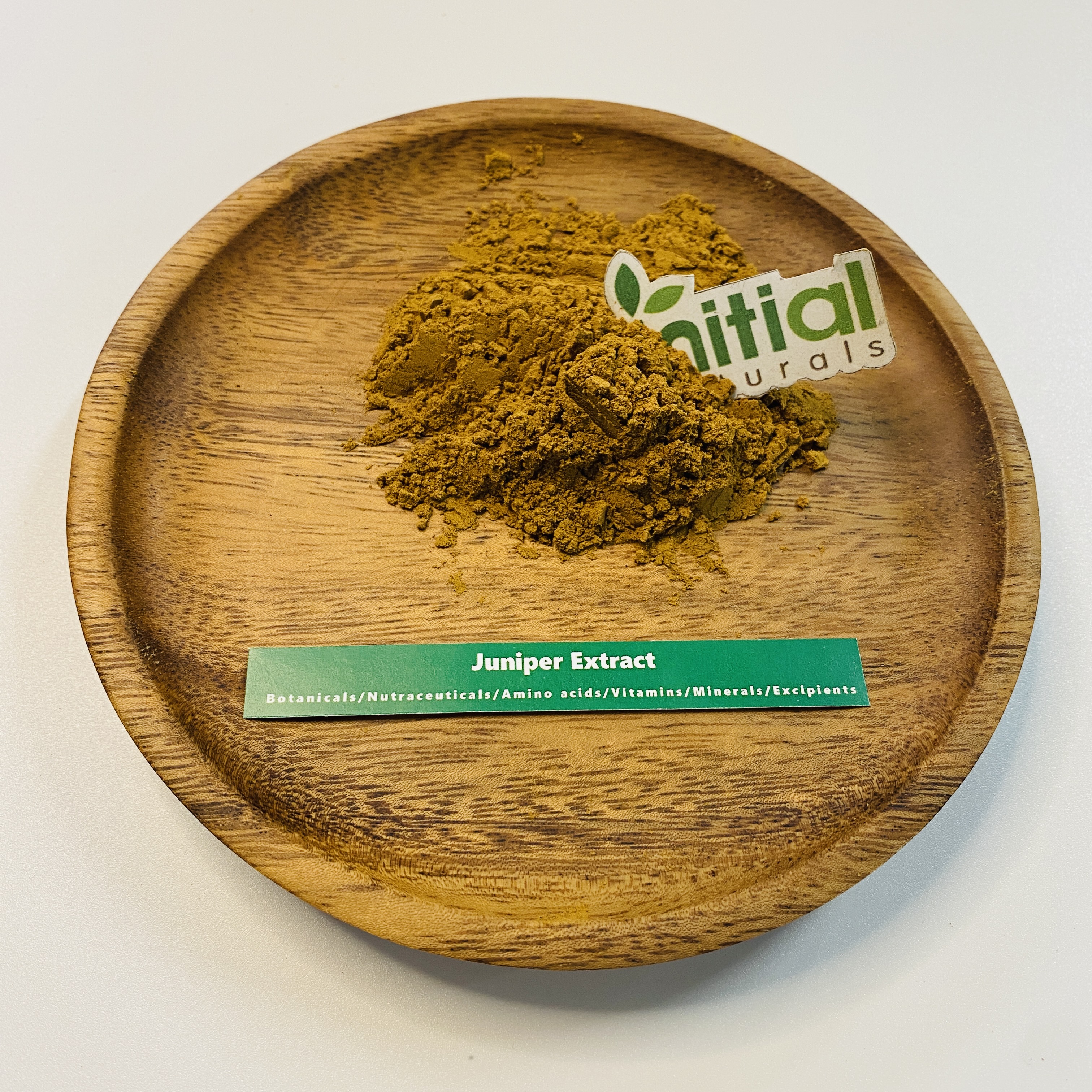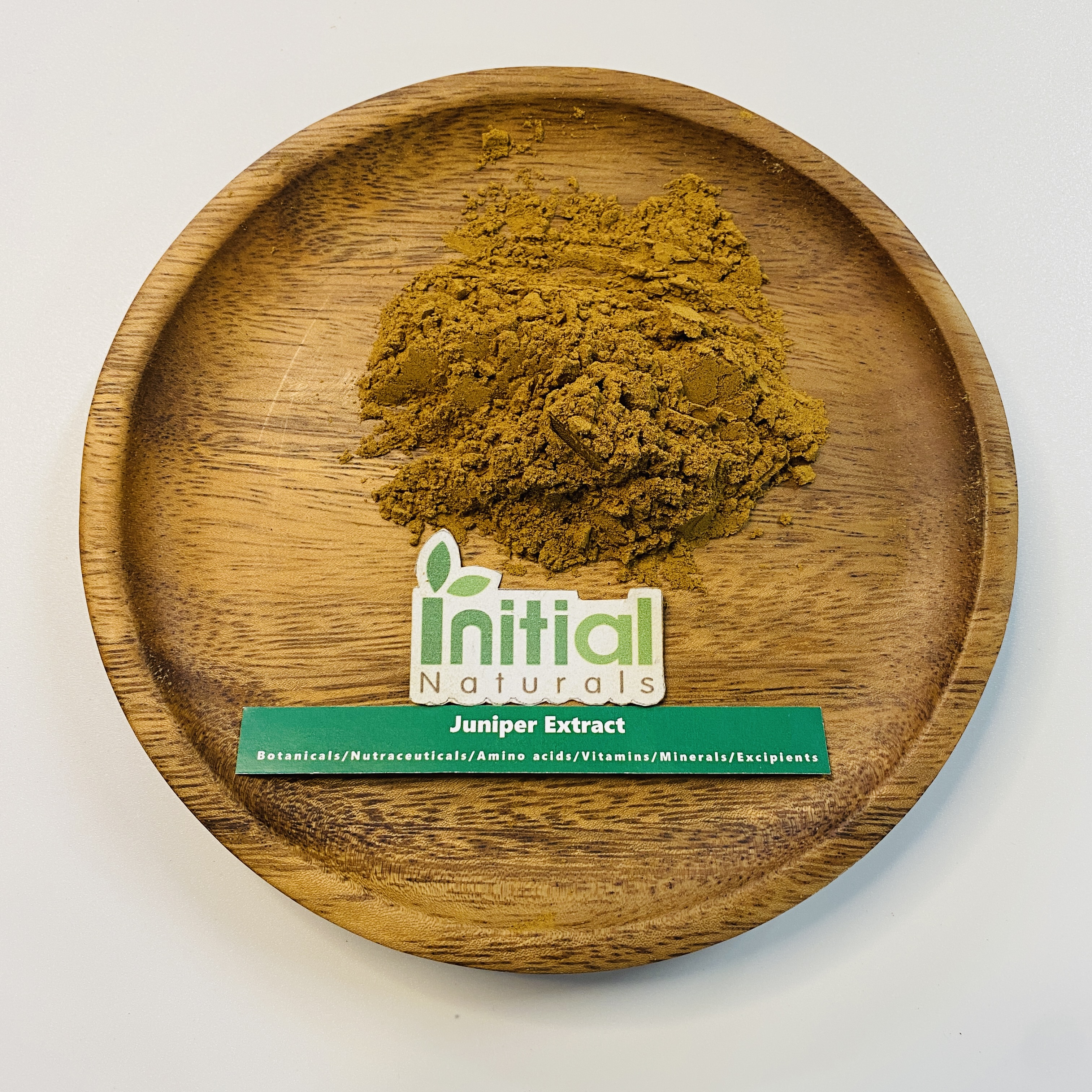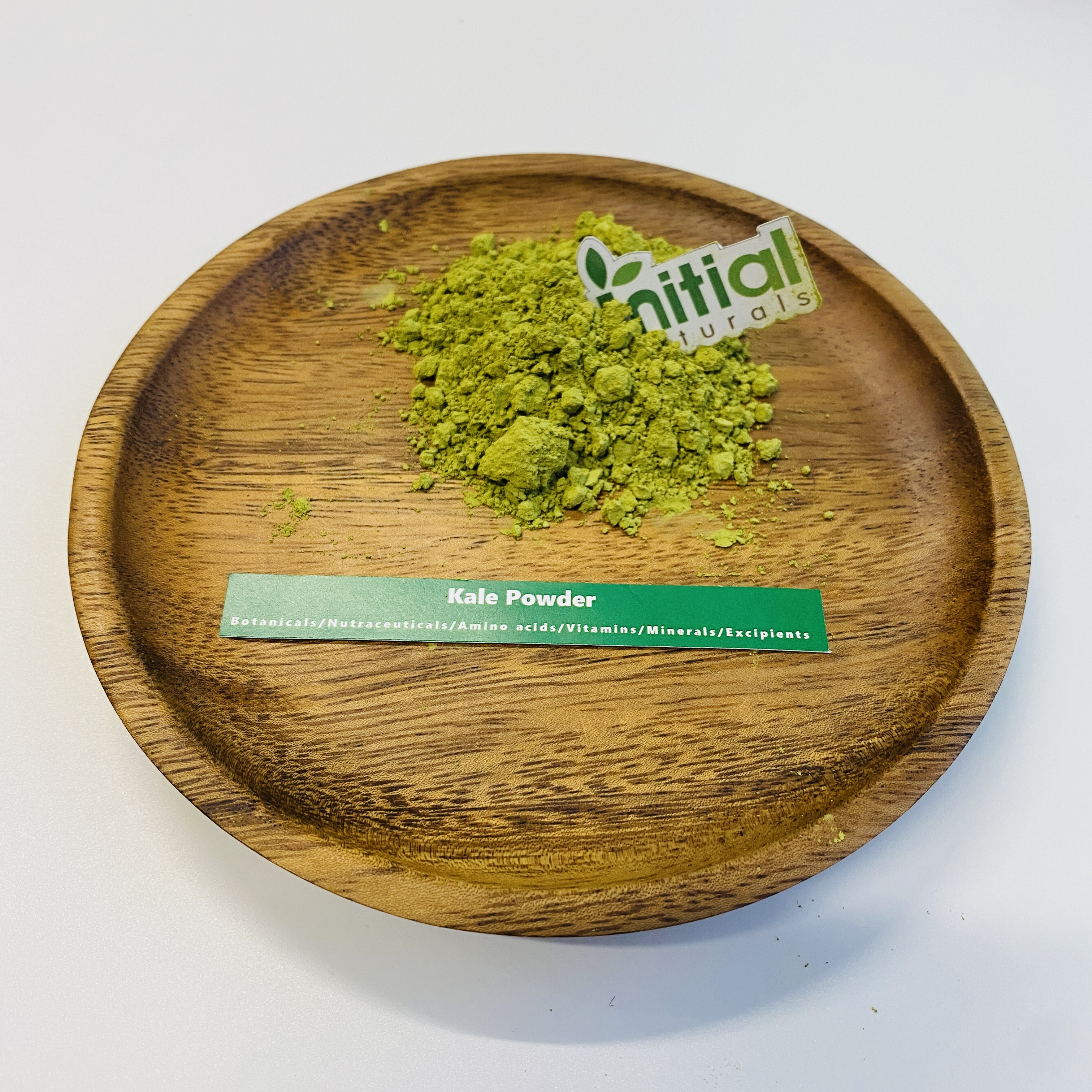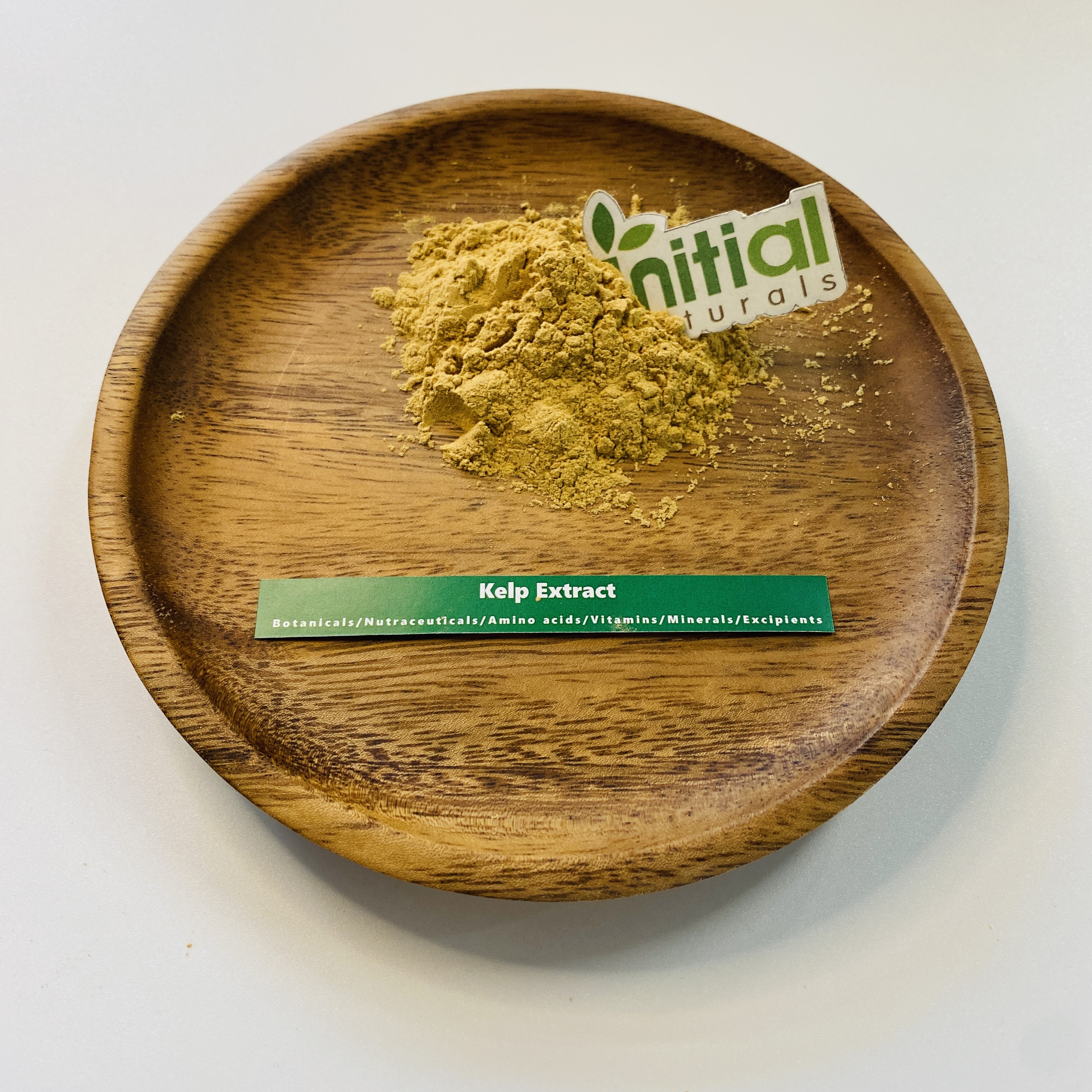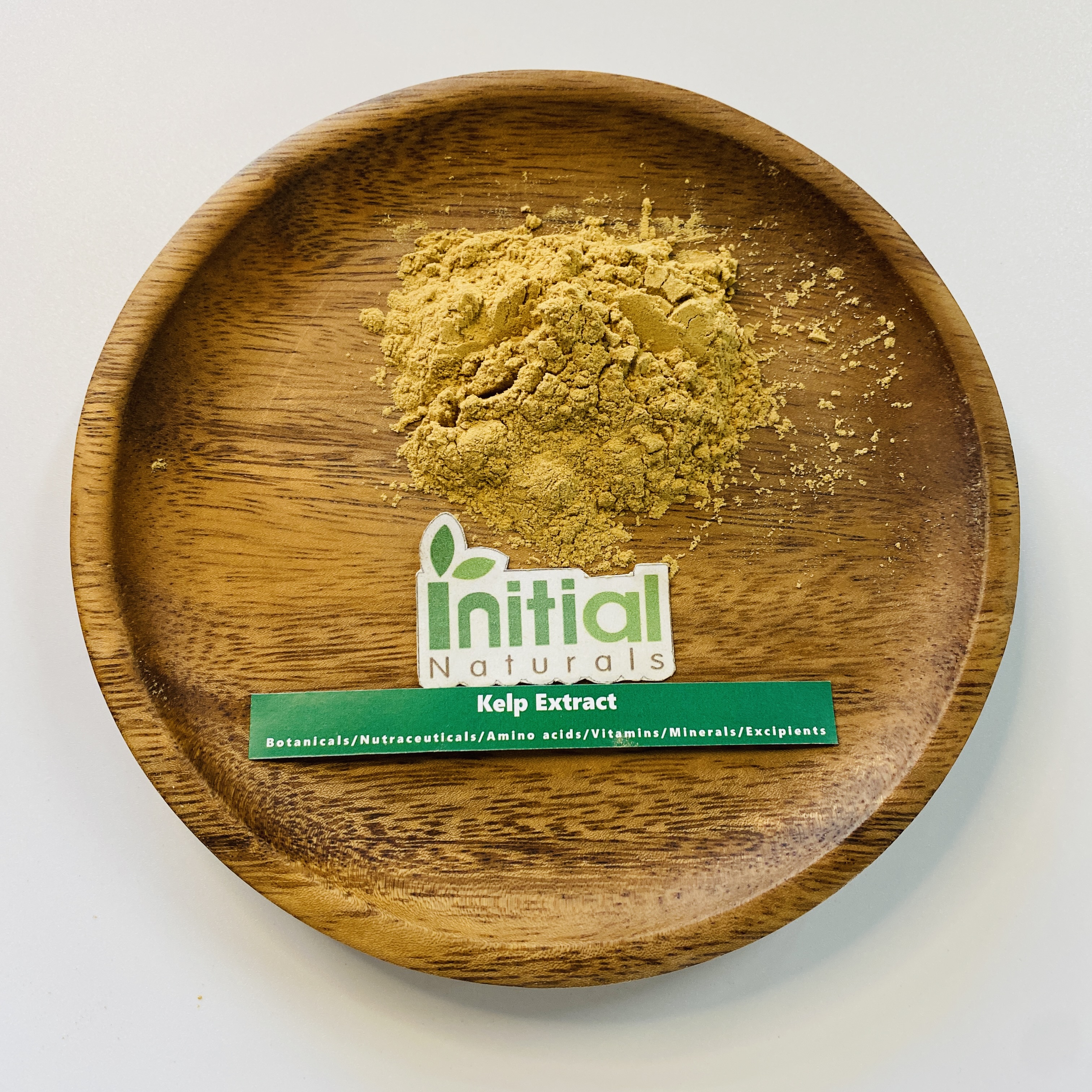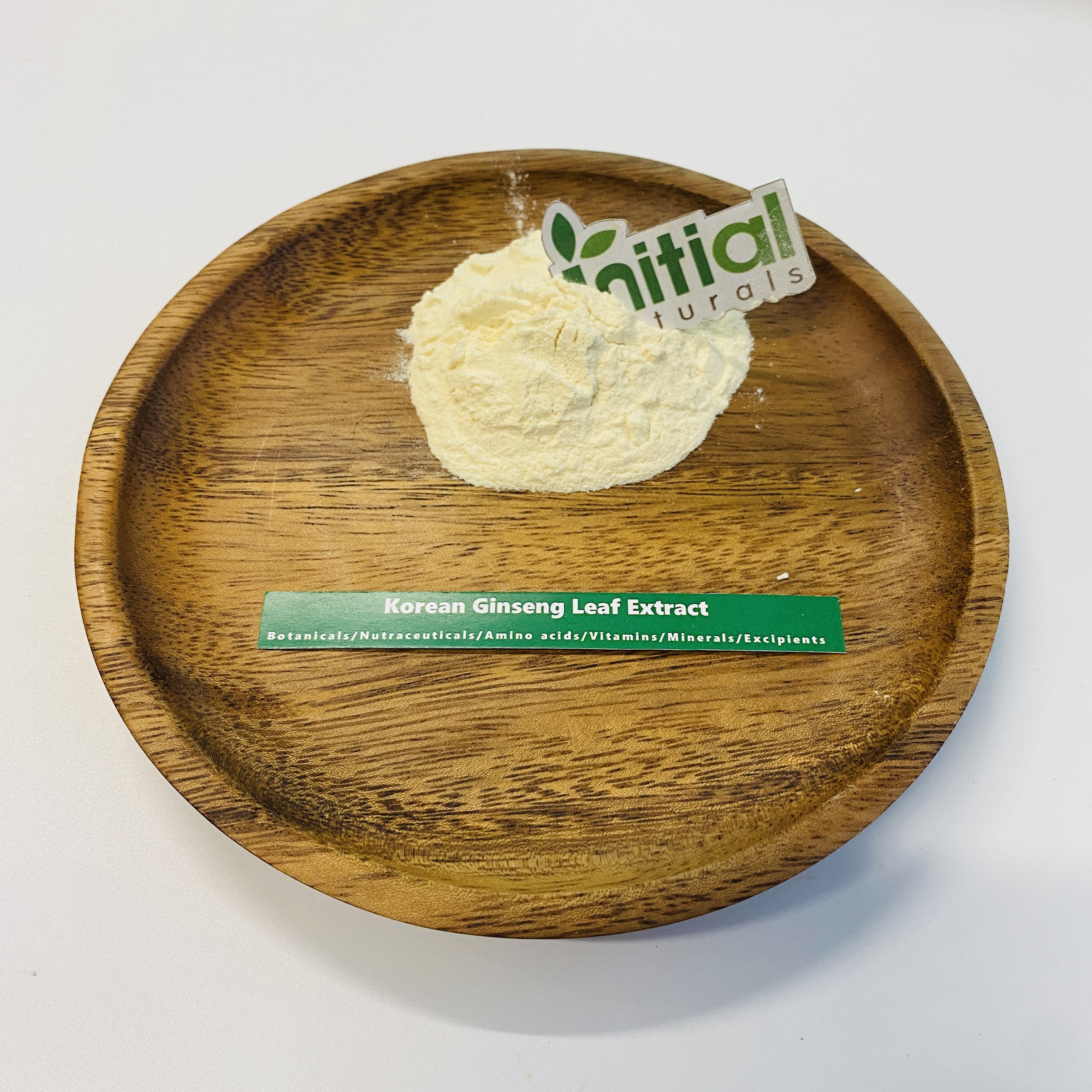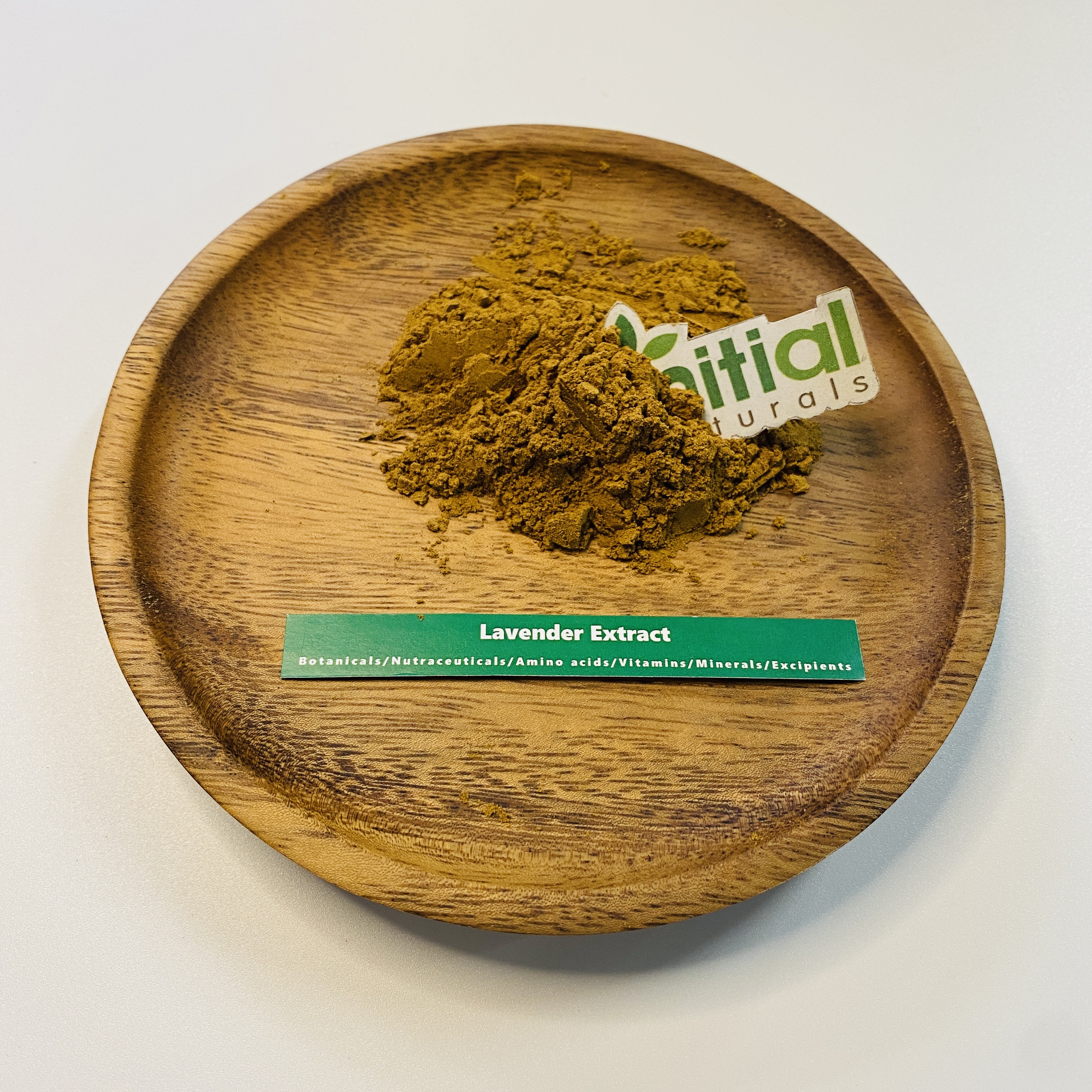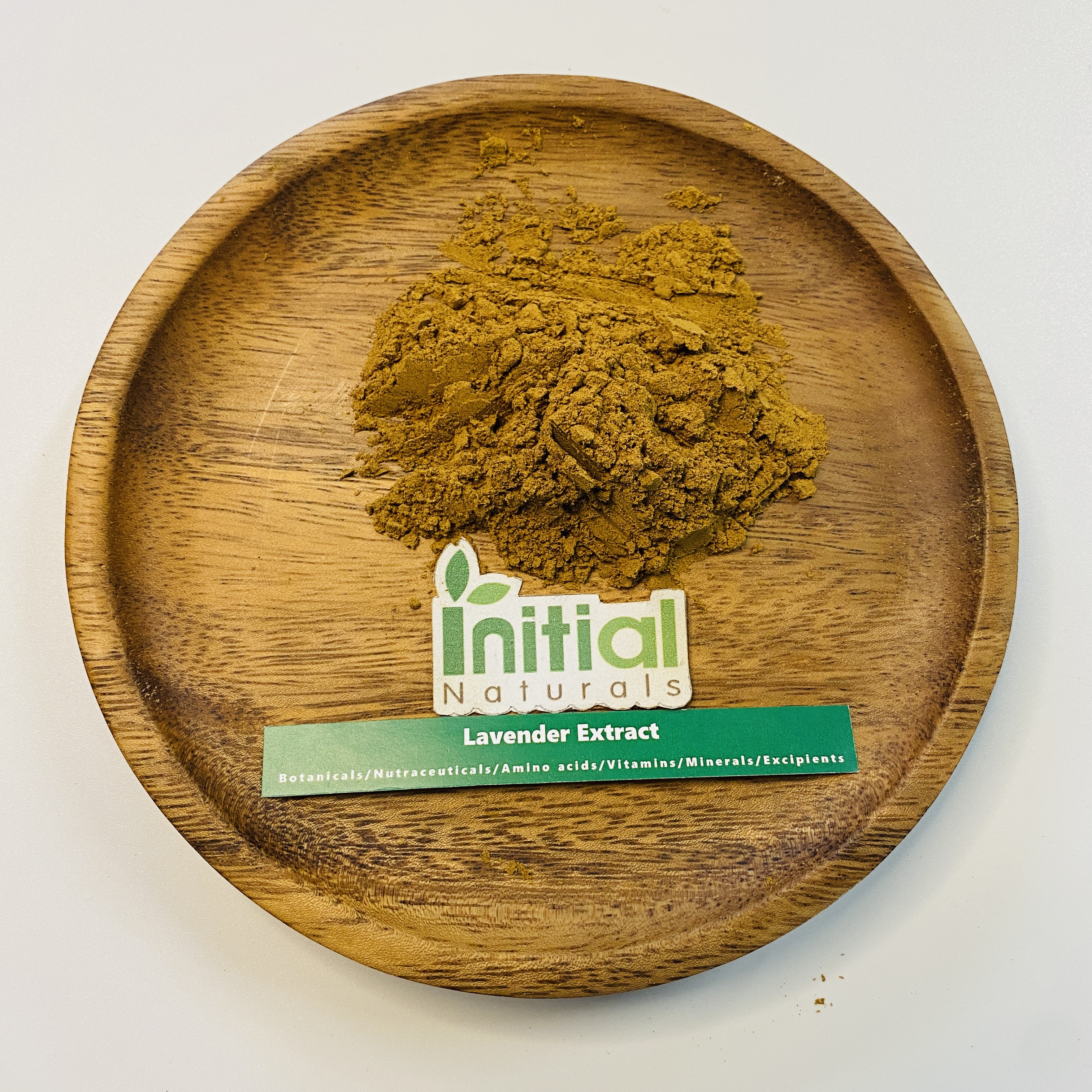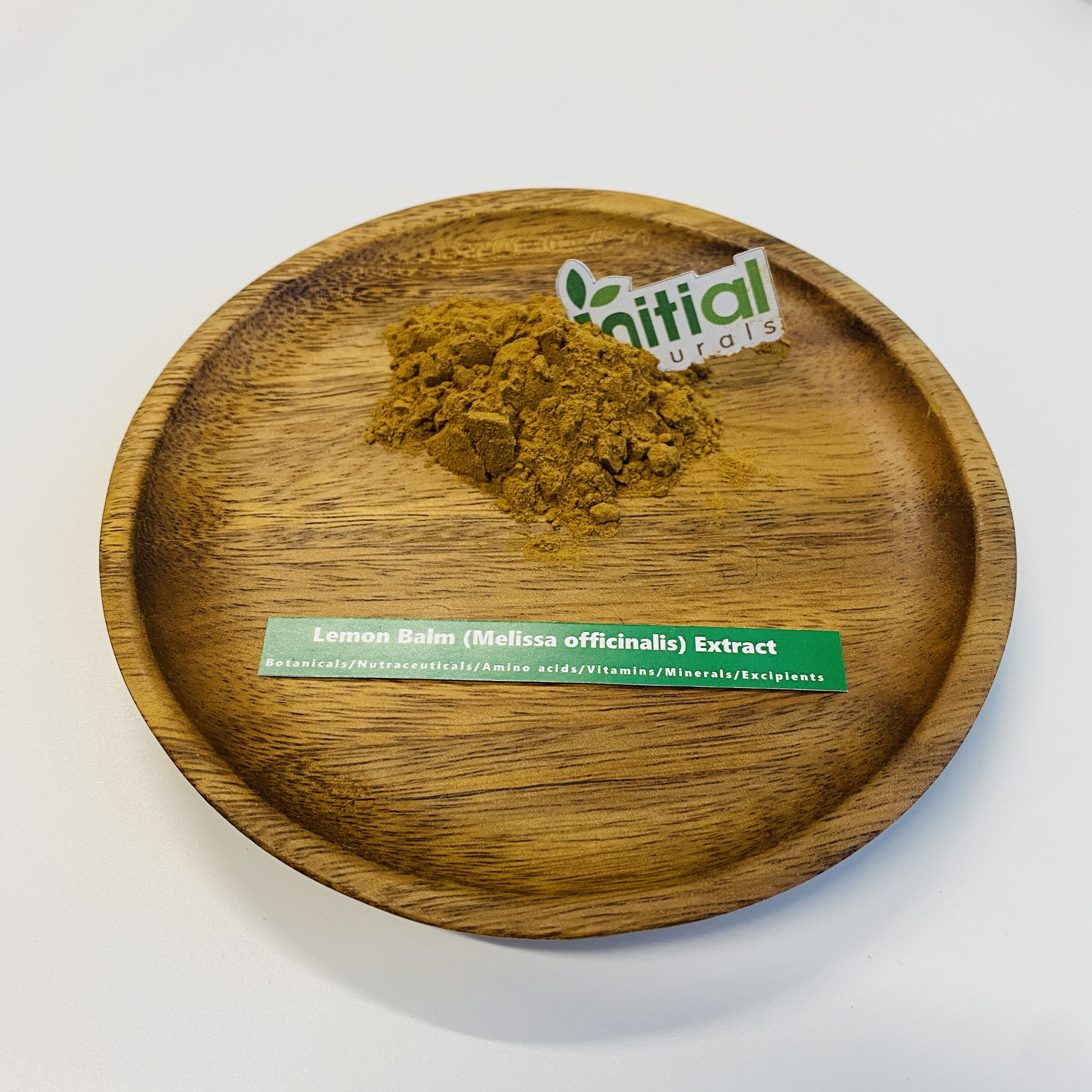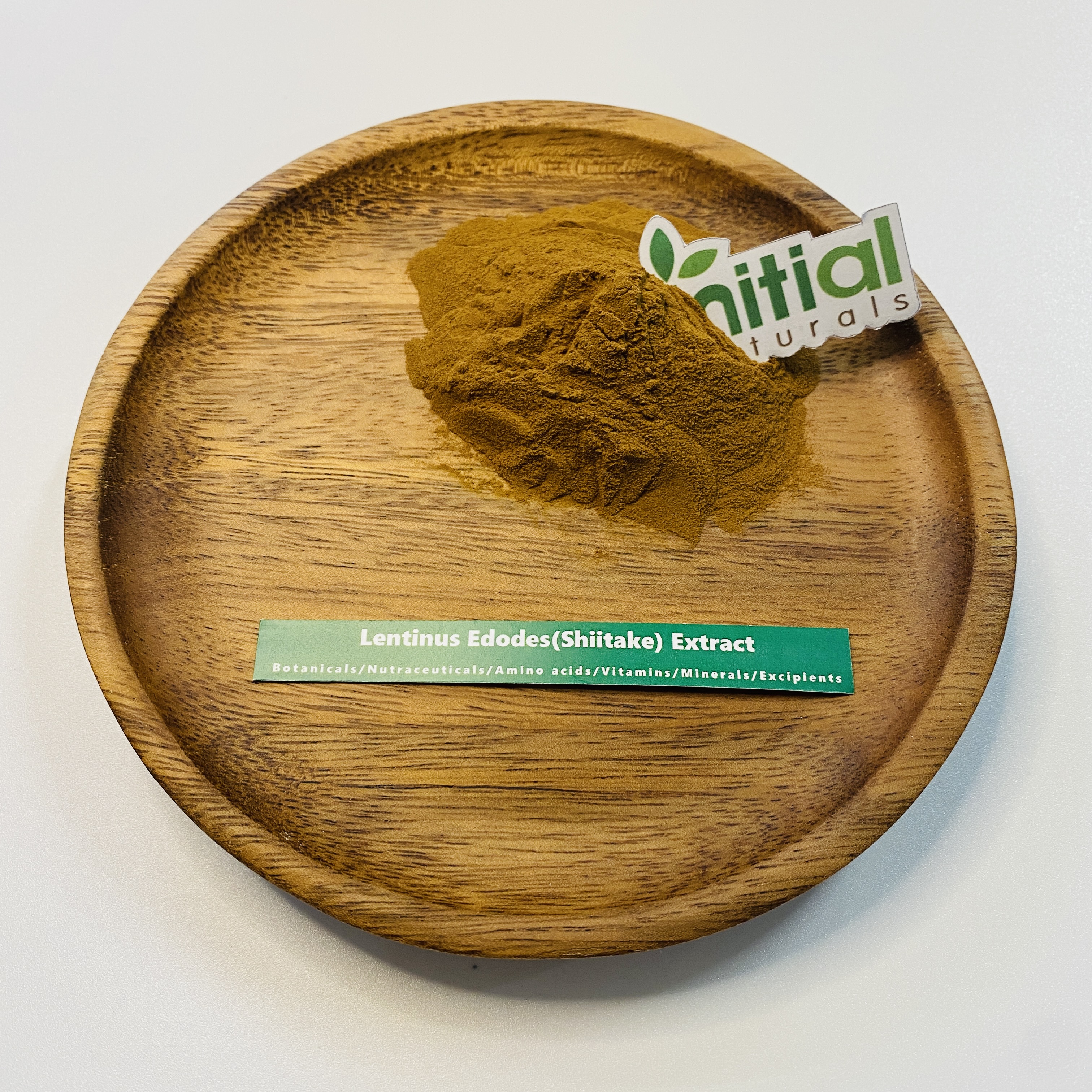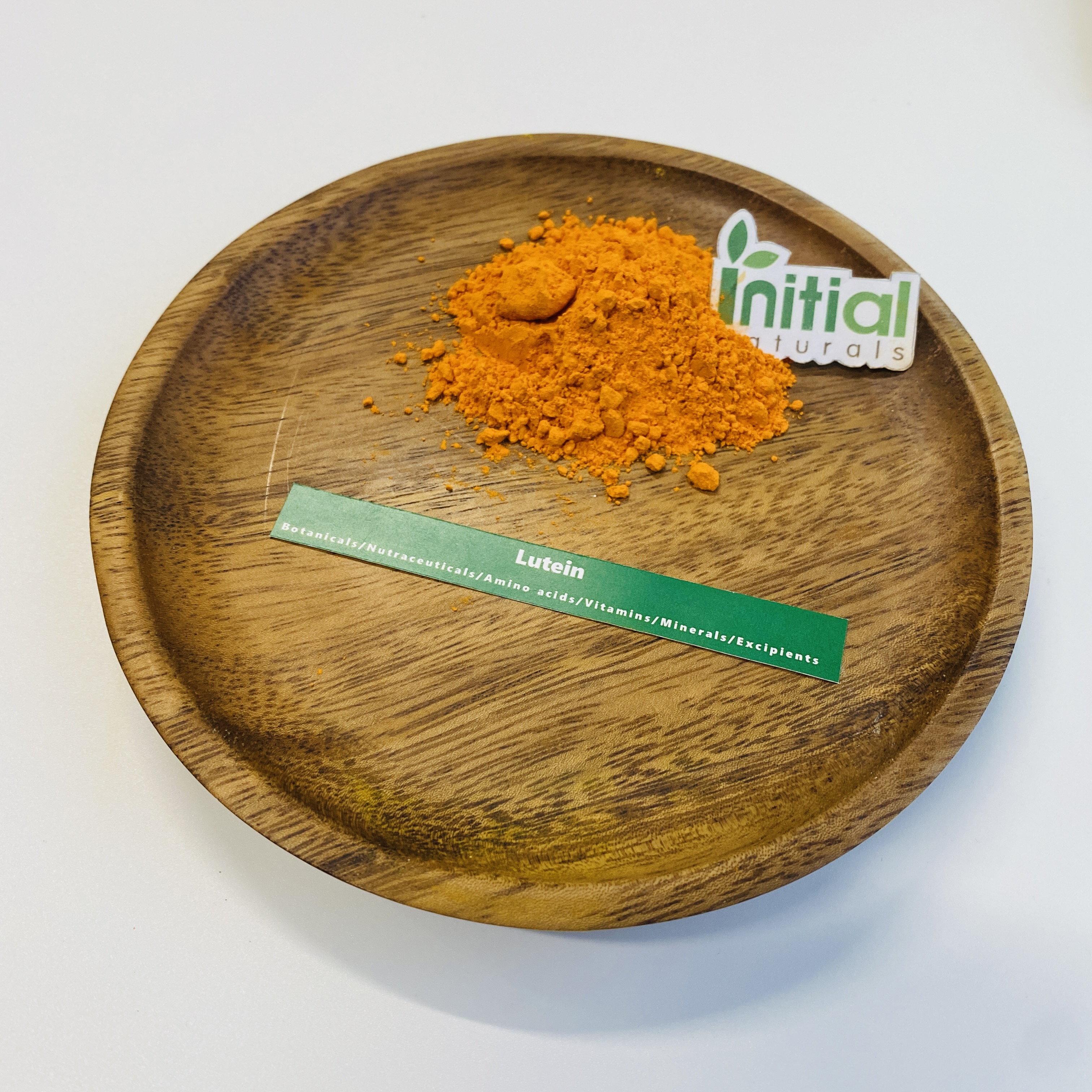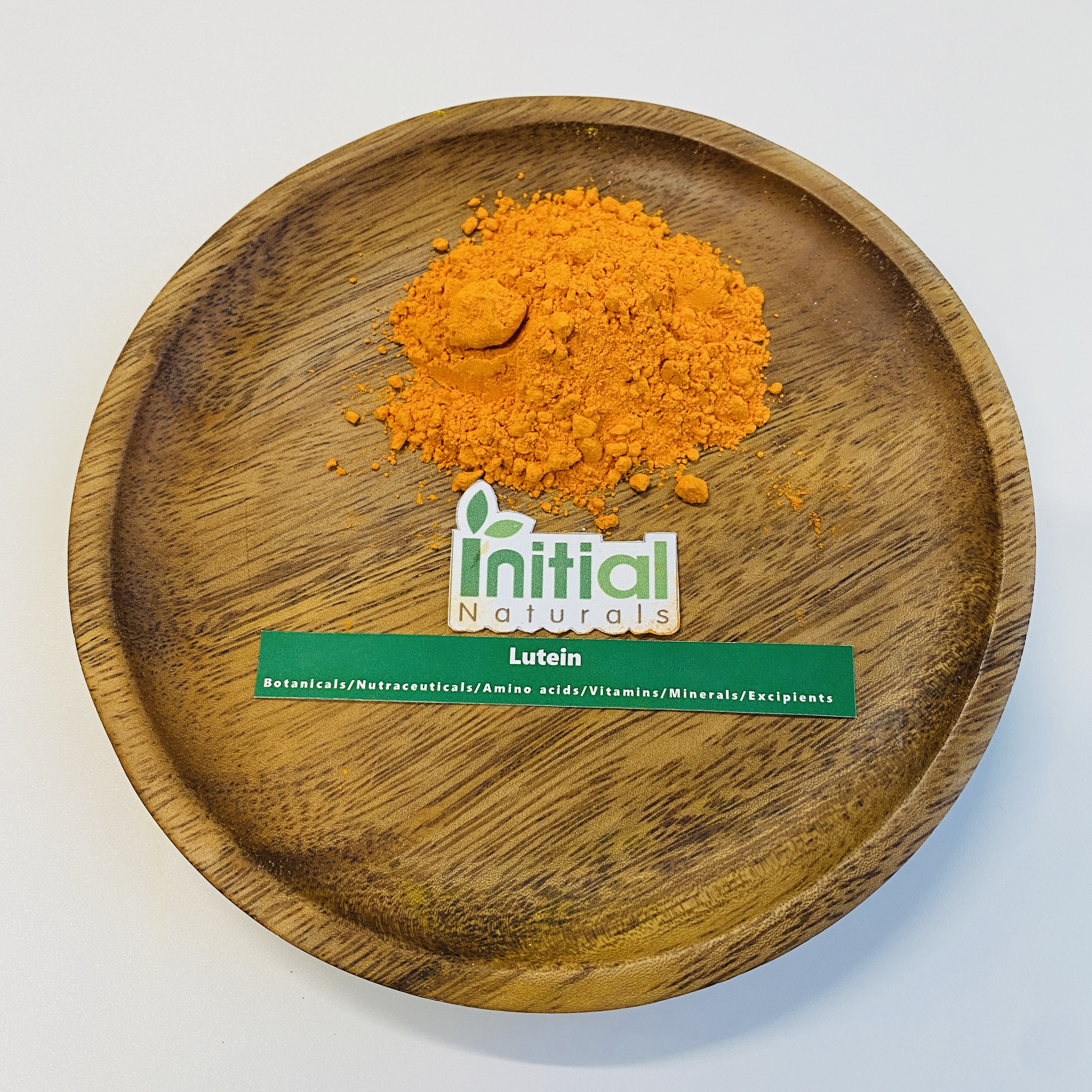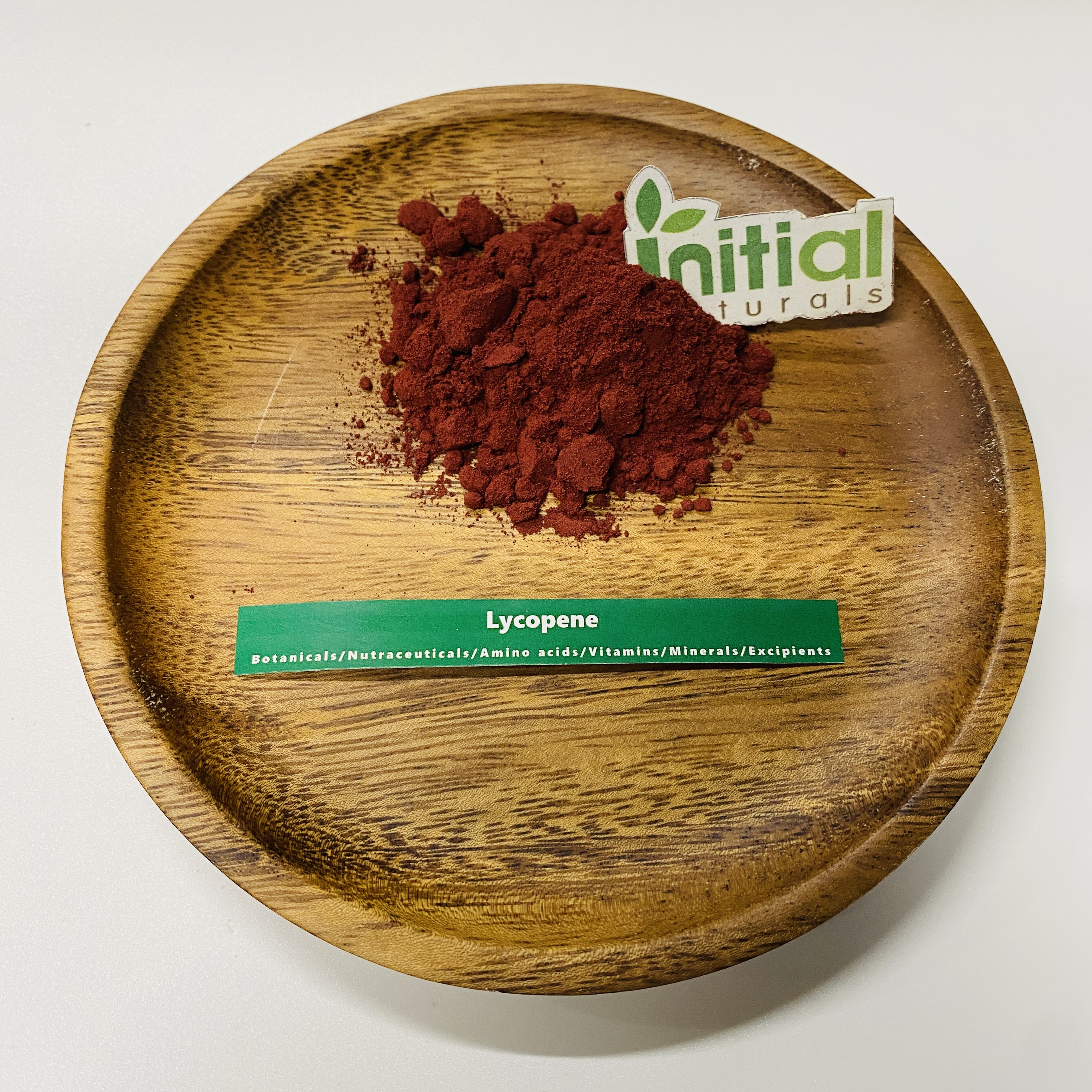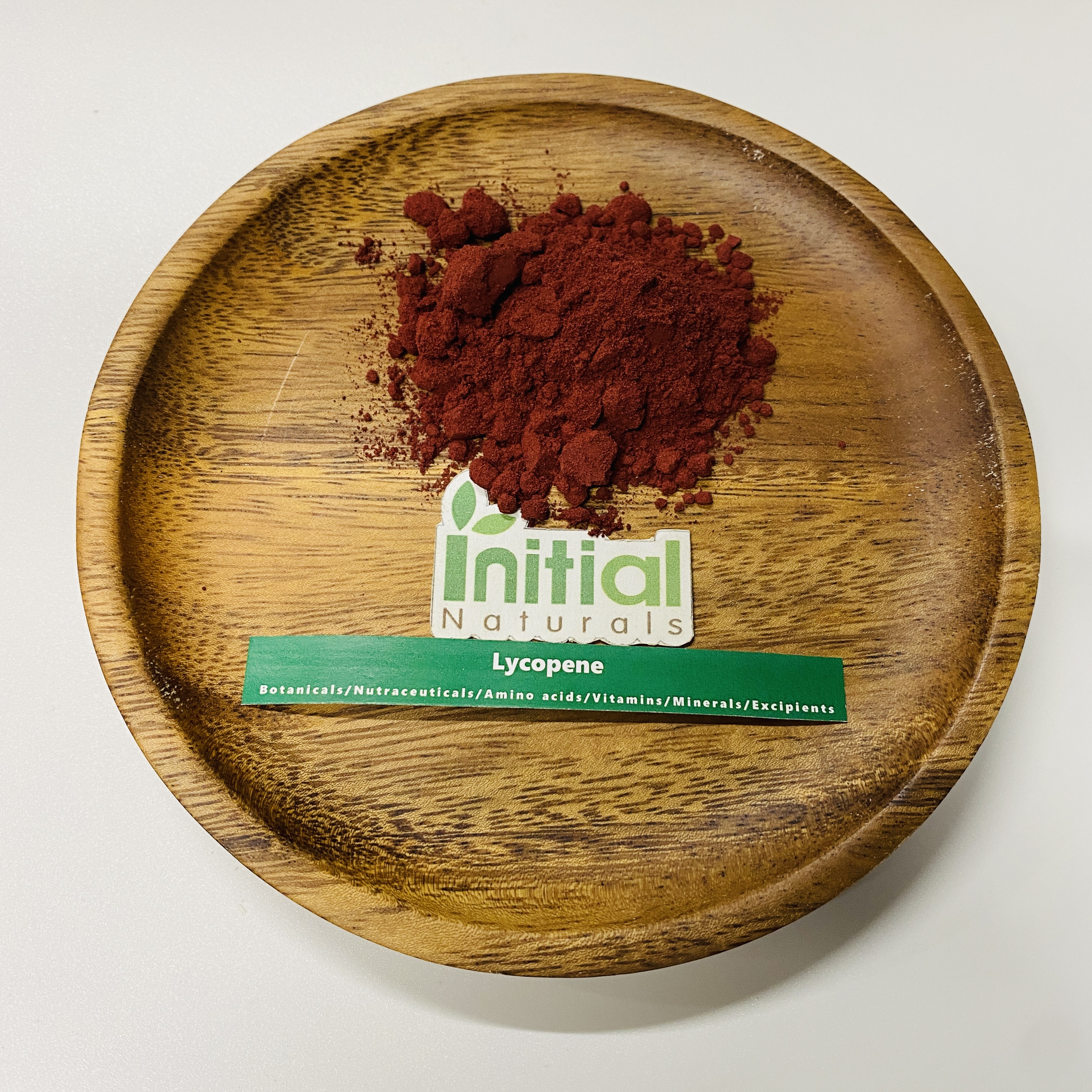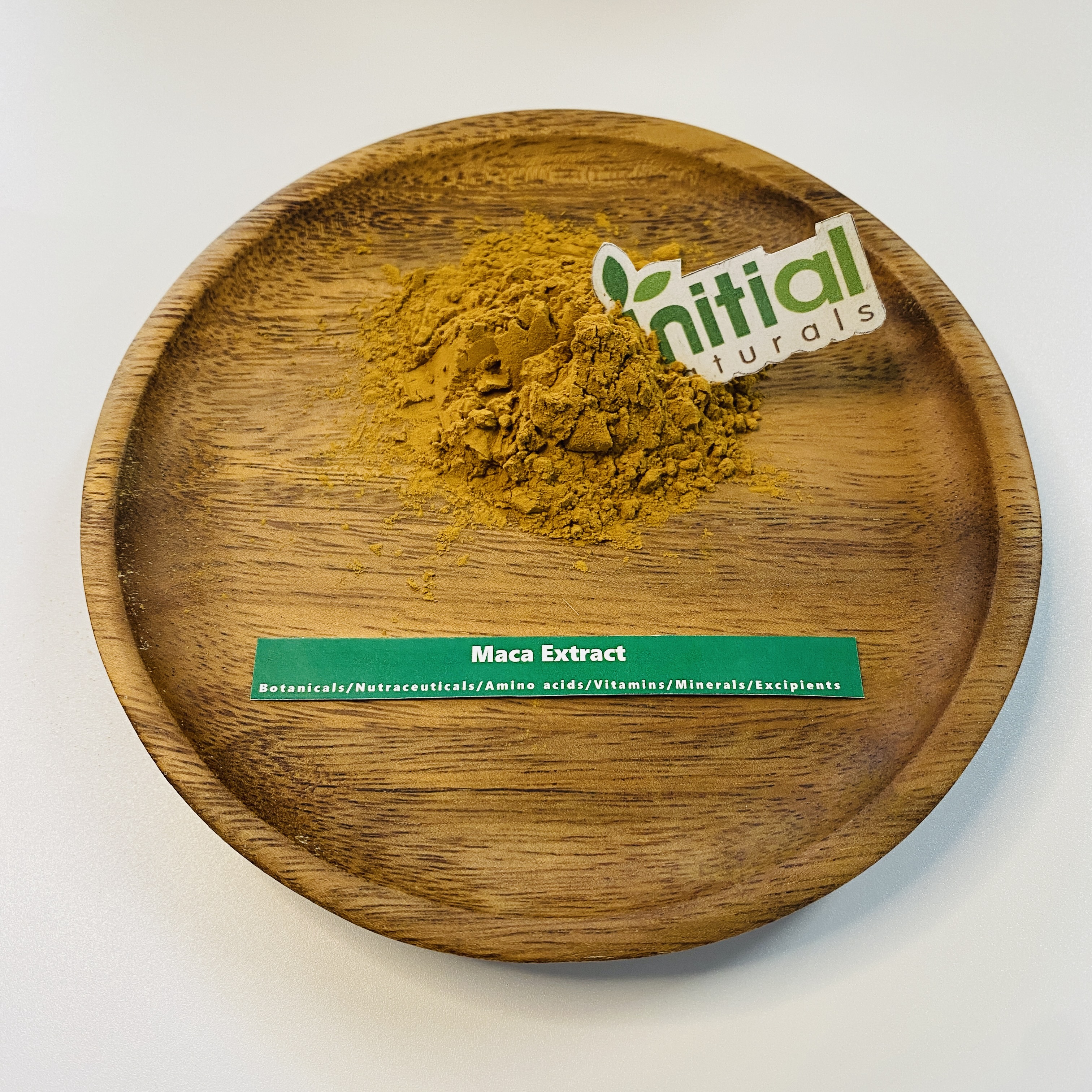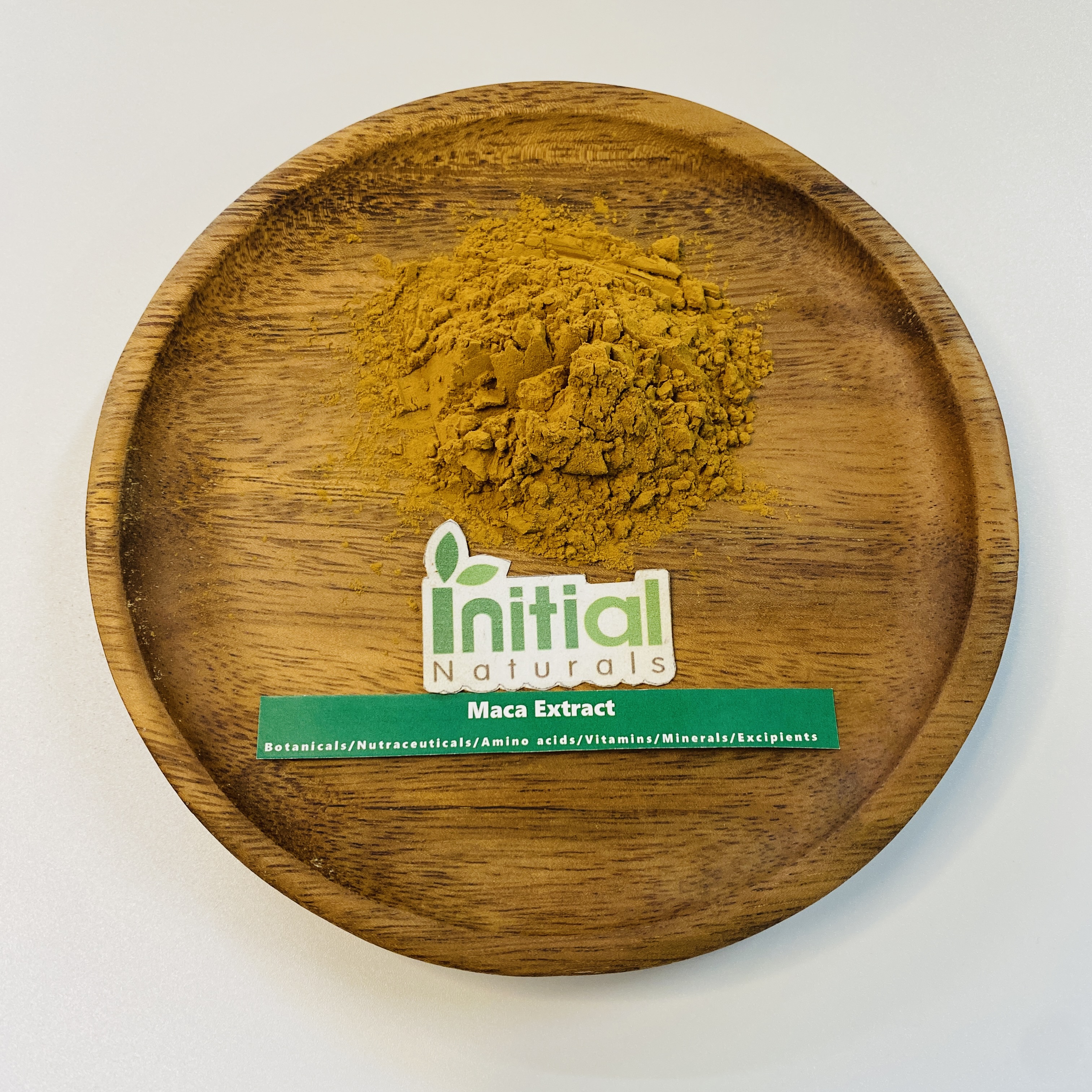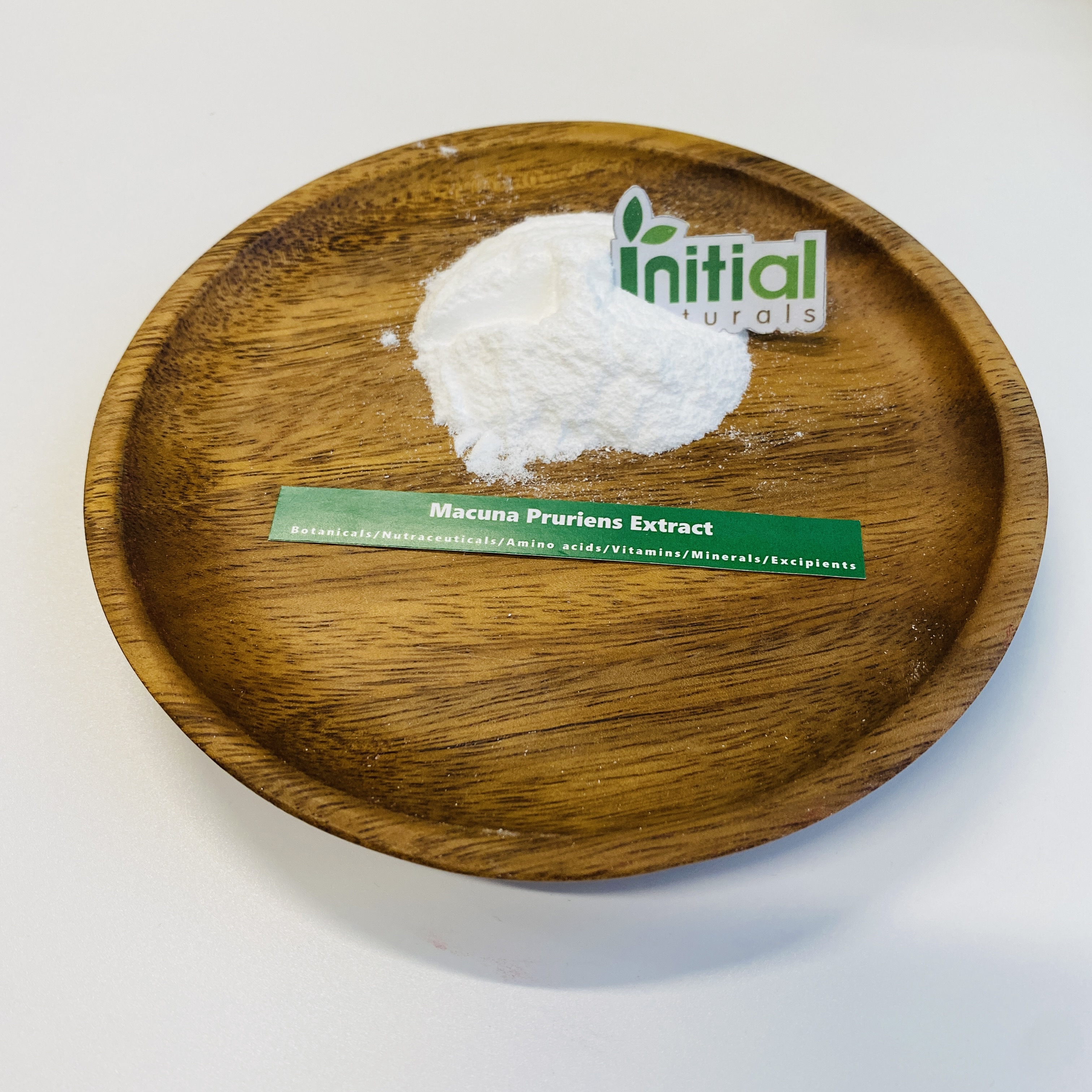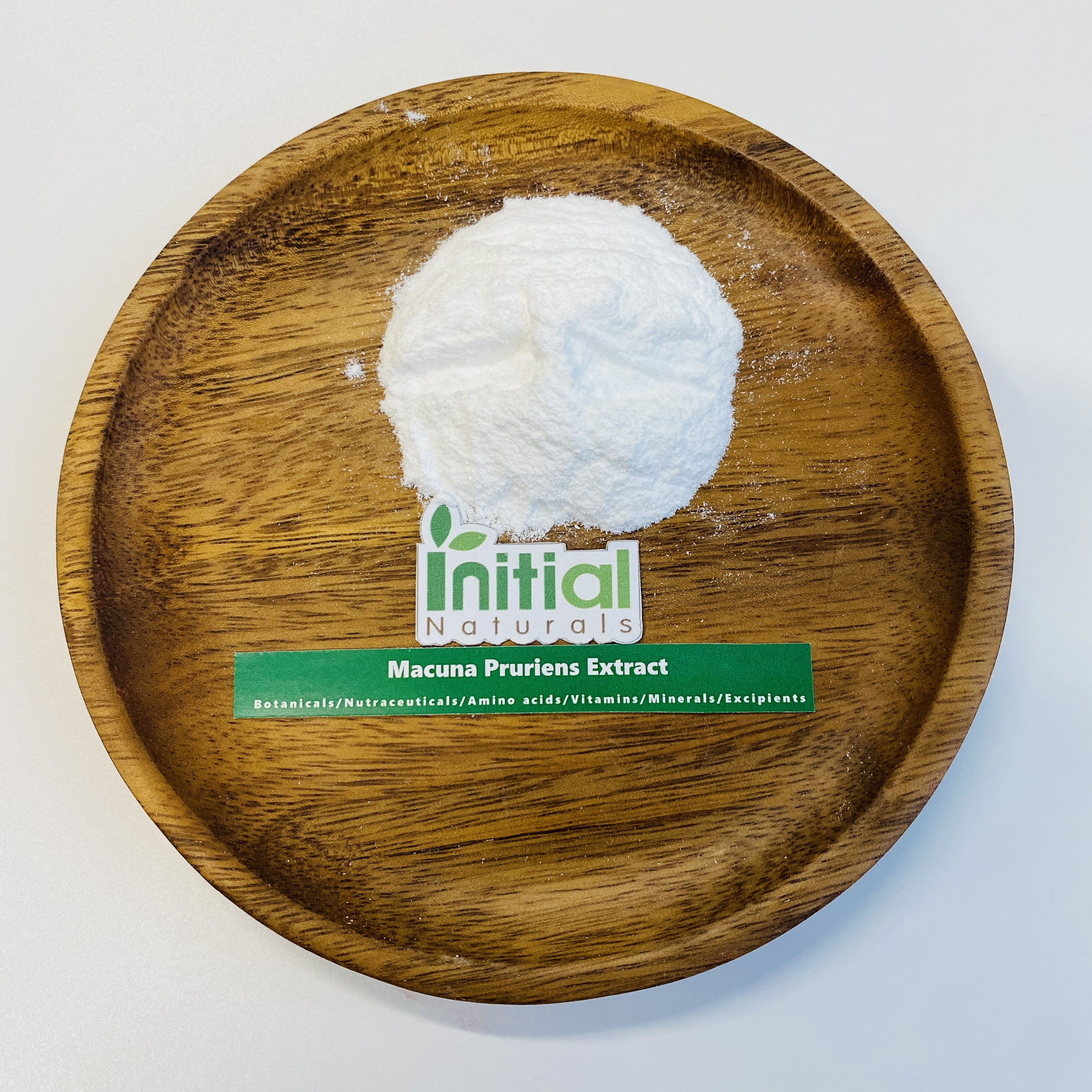Horsetail is a perennial plant belonging to the genus Equisetum. There are at least 15 different species of Equisetum around the world, and “horsetail” is often used to describe the entire group. In general, the above-ground parts of the horsetail plant are used to make medicine. The common horsetail plant (Equisetum arvense) is the variety most often used medicinally.This herb can be found growing in moist, rich soil throughout the temperate climate zones of the Northern Hemisphere, including Asia, North America and Europe.
-


-


Juniper berries actually aren’t berries at all. They are female seed cones that come juniper plants — a type of conifer (Pinophyta), which is a cone-bearing plant or tree. Juniper plants vary in appearance and can grow low and wide like a shrub or tall like a tree. Their uniquely fleshy, merged scales make them look like a berry, thus the name.
-


Kale comes from the Acephala group of the Brassica oleracea (oleracea var) species, which also includes collard greens. There are two main varieties: one that has green leaves and one that has purple. Interestingly, the central leaves do not form a head, which is one reason why it is considered to be more closely related to wild cabbage than most domesticated forms of vegetables.
-


Kelp belongs to the brown algae class (Phaeophyceae) and is specifically in the order Laminariales. There are probably around 30 varieties or “genera” included under the general classification of kelp.
-


There are 11 species of ginseng, all belonging to the genus Panax of the family Araliaceae; The Latin Name Panax means “all heal” in Greek. The name “ginseng” is used to refer to both American ginseng (Panax quinquefolius) and Asian or Korean ginseng (Panax ginseng). The true ginseng plant belongs only to the Panax genus, so other species, such as Siberian ginseng and crown prince ginseng, have distinctively different functions.
-


Lavender is simply great for the skin since it is very healing and helps reduce acne. Additionally, you get the bonus of a little aromatherapy by inhaling the scent!
-


The perennial lemon balm plant is a member of the mint family. Known officially as Melissa officinalis, it is sometimes referred to as common balm or balm mint. Its native home is southern parts of Europe and various parts of the Middle East and Central Asia, but it’s now grown regularly in the Americas and other locations around the world.
-


Shiitake mushrooms have been a popular food source in Asia. They’re the second most popular and the third most widely cultivated edible mushroom in the world.
Today, shiitakes can be found in most grocery stores because of their meaty and versatile flavor, but did you know that they’re packed with B vitamins and have the power to fight cancer cells, cardiovascular disease and infections? That’s just a few of shiitake mushroom nutrition benefits. -


Lutein is a type of carotenoid antioxidant that is most well-known for protecting eye health. In fact, eye vitamins with lutein are some of the best vitamins for macular degeneration.
-


Lycopene is cancer-preventative phytonutrient — an antioxidant with a laundry list of amazing benefits. It’s most commonly found in tomato nutrition, but you can consume it in a number of common fruits and veggies. It has some properties in common with beta-carotene, although they’re not identical.
-


Maca is Known by its scientific name, Lepidium meyenii, maca is a type of cruciferous vegetable native to the Andes of Peru. Maca has a similar appearance and size as radishes or turnips with green tops and roots that range in color from yellow to purple and black.
-


Mucuna pruriens is a tropical legume native to Africa and tropical Asia and widely naturalized and cultivated. Its English common names include monkey tamarind, velvet bean, Bengal velvet bean, Florida velvet bean, Mauritius velvet bean, Yokohama velvet bean, cowage, cowitch, lacuna bean, and Lyon bean. The plant is notorious for the extreme itchiness it produces on contact, particularly with the young foliage and the seed pods. It also produces many medium-sized red swollen across your contact area of skin that is actively itchy. It has agricultural and horticultural value and is used in herbalism.


